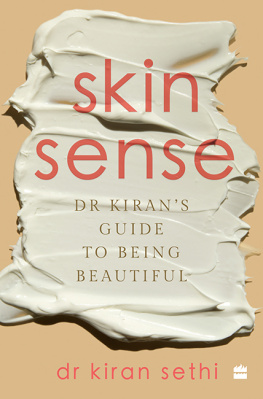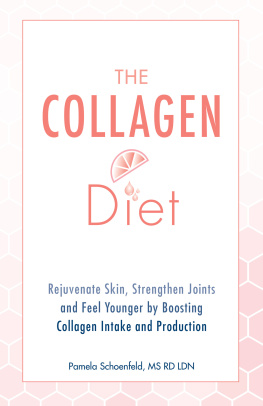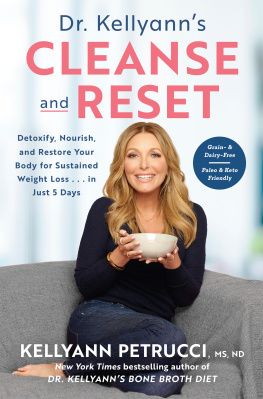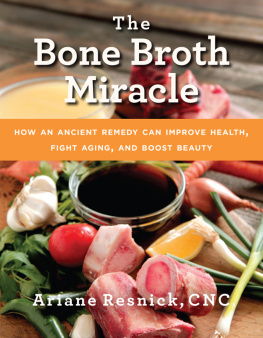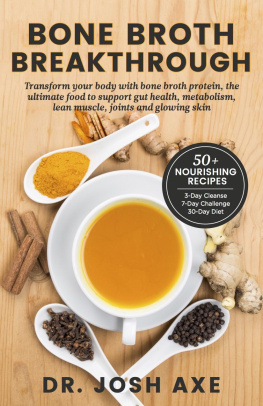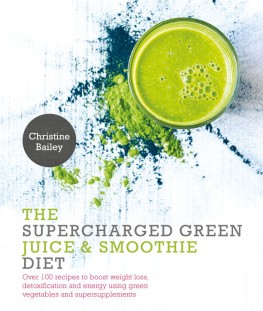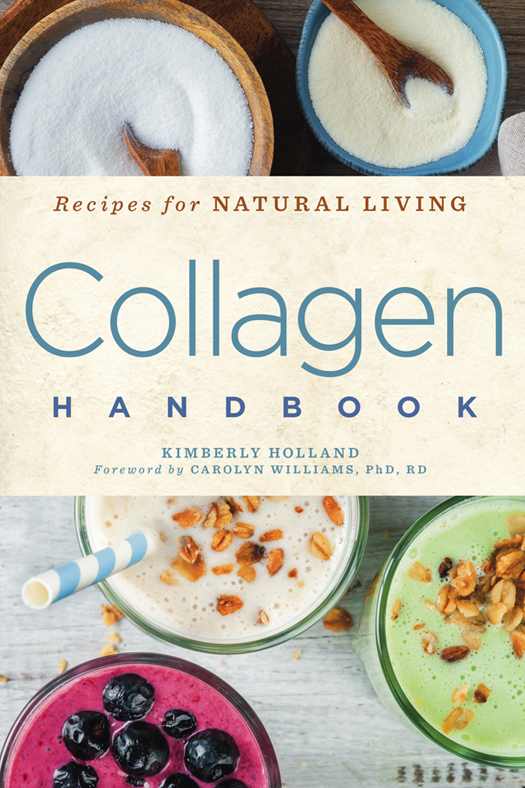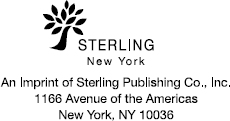STERLING and the distinctive Sterling logo are registered trademarks of Sterling Publishing Co., Inc.
Main text 2020 Kimberly Holland / Foreword 2020 Sterling Publishing Co., Inc.
Cover 2020 Sterling Publishing Co., Inc.
All rights reserved. No part of this publication may be reproduced, stored in a retrieval system, or transmitted in any form or by any means (including electronic, mechanical, photocopying, recording, or otherwise) without prior written permission from the publisher.
ISBN 978-1-4549-3662-6
For information about custom editions, special sales, and premium and corporate purchases, please contact Sterling Special Sales at 800-805-5489 or .
sterlingpublishing.com
Cover design by Elizabeth Mihaltse Lindy
Interior design by Christine Heun
For image credits - see
For my mom,
who never fails to believe in me.
CONTENTS
FOREWORD
It was a charismatic anatomy professor who first piqued my interest in the health field, which ultimately led to my now more than twenty-year career as a registered dietitian. She brought to life just how amazingly orchestrated, adaptive, and resilient the human body is designed to be, and she made complicated physiology understandableeven fascinatingby regularly challenging us to compare the body to a car or other motorized machines. As she explained, the body is constantly on, or running, keeping the heart beating, blood pumping, lungs breathing, hormones secreted, and so on. As anything running nonstop requires proper maintenance and care to stay operating effectively and efficiently, in the bodys case, this includes habits like eating a healthy diet with adequate nutrients, getting regular activity, and reducing stress.
Because of that professor, most of my work has been spent teaching others how to best use food and nutrients to enhance the running of their bodies to meet health goals. And I regularly use her car analogy, and the importance of the cars maintenance, to help others see how the nutrients and compounds they consume affect overall health, wellness, and the aging process. Granted, genetics plays a large role in how efficiently each body runs and responds, but there are certain nutrients and compounds that can either interfere with or enhance how we all run. For decades, however, the emphasis, from a nutrition perspective, has been primarily placed on those with negative effectsthe known harmful nutrients like sodium, added sugar, trans fats, and other compounds that we need to avoid. In fact, the idea that the nutrients and compounds you consume can be used proactively to have tangible health benefitsand maybe even antiaging effectswas largely dismissed by most health professionals for years. It was seen as more important to focus on avoiding the bad ones.
Today, thanks to a multitude of studies over the past ten to fifteen years that have delved into understanding the aging process as part of overall health, the role that diet may play in the bodys maintenance and the aging process of the bodys systems and tissues has slowly shifted. Our knowledge has increased when it comes to dietary compounds that have great potential to enhance how our body functions, and a key one is collagen. As author Kimberly Holland explains, collagen is the bodys internal glue. It supports soft tissue, reduces inflammation, and speeds up the repair of damaged cells. In fact, collagen is in almost every type of tissue in the body, including bones, muscles, skin, ligaments, tendons, cartilage, artery walls, teeth, and scar tissue. And, during the first thirty years of life, the body does a pretty good job when it comes to making enough collagen to support all its uses. After that, production gradually slows. This explains why many initial signs of aging or wear and tear dont start to show up until after age thirty or forty. And it also explains why there is such interest in how we might support existing collagen and promote production through dietary means.
The idea that extra collagen in the body might be able to slow, or even reverse, the aging process has catapulted it into the spotlight over the past few years, and its made collagen a trendy buzzword in markets for both antiaging and wellness products. But the media hype and publicity surrounding products containing the natural compound have also made finding accurate information difficult. In addition, while there are some food sources for collagen, dietary supplements are often a much more plentiful and convenient source. This factor can add to consumer confusion since the dietary supplement market now includes more than eighty thousand products and there is minimal oversight of these products by the Federal Drug Administration (FDA). The result is that its more incumbent than ever on consumers to do their research to determine which, if any, products may be beneficial for their needs and which manufacturers can boast reputable products.
This is also exactly why Ive found the information in this book to be an invaluable resource when it comes to understanding collagens potential and how to incorporate it into your lifestyle. With her years of experience working as a journalist in the areas of nutrition and health, Kimberly provides a simple, research-based explanation of what collagen is, the types of collagen in the body, their role in the body, and the various types available from food and supplements and whats on the market. She also presents an unbiased look at the latest in collagen research when it comes not only to skin and appearance but also to joint, bone, muscle, and heart health.
I consider this book an essential reference for anyone even remotely interested or intrigued by collagens possibilities. Its become my go-to source, and I think it should be yours, too. Just like my long-ago professors car, anything running nonstop will gradually have a little wear and tear. However, regular maintenancea part of which may include collagencan slow the signs of aging and improve overall wellness.
In health,
CAROLYN WILLIAMS , PhD, RD Registered Dietitian, Culinary Nutrition Expert, and Author of Meals That Heal
PART 1
All About Collagen
You would not be alone if your primary reference for collagen is cosmetics and, perhaps, fillers for the face. Indeed, for many years, the word collagen was most closely associated with the beauty industry and age-erasing injectables.
But today, collagen is bubbling up in many nutrition circles for its possible benefits to everything from, yes, skin, to your joints, bones, gut, and heart. Shelves in grocery stores and health-food chains are filled with collagen supplements. Your friends may even be stirring packets of collagen into their morning coffee. All of this could leave you wondering whether theres any reason you should consider including collagen as part of your diet. Well, the answer is likely yesand for several good reasons.
Collagen is the most abundant structural protein in the human body. In fact, it makes up 30 percent of all the human bodys total protein. Its also the most abundant protein in many animals, which is why beef, chicken, pork, fish, and seafood are some of the best dietary sources of collagen.


